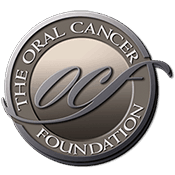Tongue cancer – experts warn against increasing incidence of tongue disease
Source: starglobaltribune.com Author: Matthew Bennett A UNC study released this week in the Journal of Clinical Oncology finds an increasing incidence of squamous cell carcinoma of the oral tongue in young white females in the United States over the last three decades. A team of researchers from UNC Lineberger Comprehensive Cancer Center analyzed data from the National Cancer Institute’s Surveillance, Epidemiology and End Results (SEER) database and found that, between 1975 and 2007, the overall incidence for all ages, genders, and races of the disease was decreasing. However, the incidence of oral tongue squamous cell carcinoma rose 28 percent among individuals ages 18 to 44. Specifically, among white individuals ages 18 to 44 the incidence increased 67 percent. The increasing incidence was most dramatic for white females ages 18 to 44. They had a percentage change of 111 percent. Interestingly, the incidence decreased for African American and other racial groups. Historically, oral tongue cancer has been strongly associated with heavy tobacco and alcohol use. Other epidemiological studies have related the decreasing incidence of oral tongue cancer in the United States to the decreased use of tobacco products. Though the UNC research team verified the known decreasing incidence of oral tongue cancer, they were surprised to observe an increasing incidence in young white individuals, specifically young white females. “Lately we have been seeing more oral tongue cancer in young white women in our clinic. So we looked at the literature, which reported an increase in oral tongue squamous cell carcinoma in [...]
